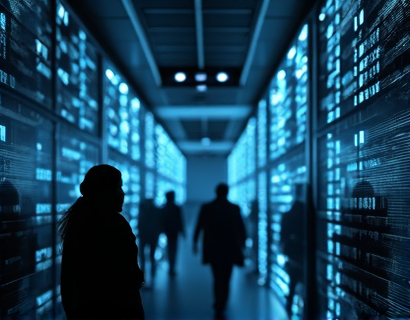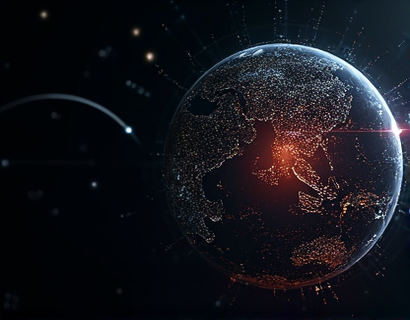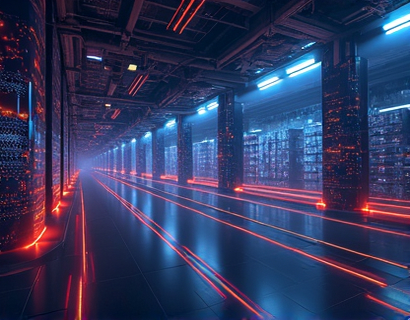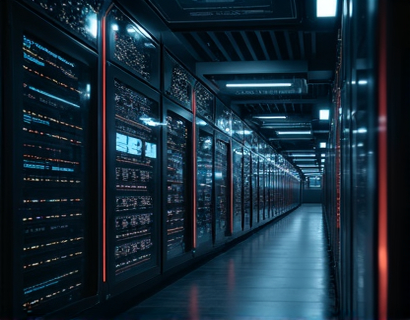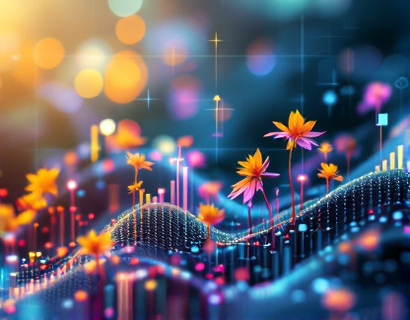Elevating Aquaculture Business Operations with Advanced Software Solutions
In the rapidly evolving landscape of aquaculture, business owners and managers face unique challenges that demand innovative solutions. The integration of specialized software solutions has emerged as a pivotal strategy to revolutionize aquaculture business management. These advanced tools streamline operations, enhance productivity, and optimize resource use, equipping owners and managers with the essential instruments needed to succeed and thrive in a highly competitive market.
The aquaculture industry, encompassing the cultivation of marine and freshwater species under controlled conditions, has experienced significant growth over the years. This expansion is driven by increasing global demand for seafood, coupled with the need to sustainably manage wild fish stocks. However, the complexity of managing aquaculture operations, from feed management and water quality monitoring to harvest scheduling and financial tracking, necessitates robust and efficient management systems. Advanced software solutions address these needs by providing comprehensive tools tailored to the specific requirements of aquaculture businesses.
Streamlining Operations
One of the primary benefits of implementing advanced software in aquaculture is the streamlining of operations. Traditional manual processes, prone to errors and inefficiencies, can be significantly improved through automation. Software solutions offer automated workflows that reduce the time and effort required for daily tasks, allowing staff to focus on more strategic activities. For instance, automated feeding schedules ensure that fish receive the right amount of feed at optimal times, reducing waste and improving growth rates.
Inventory management is another critical area where software excels. By maintaining real-time updates on stock levels, software helps prevent overstocking or stockouts, ensuring that resources are used efficiently. This is particularly important in aquaculture, where the health and growth of aquatic organisms are directly linked to the quality and quantity of feed and other inputs. With accurate inventory tracking, managers can make informed decisions that enhance overall operational efficiency.
Enhancing Productivity
Productivity in aquaculture is closely tied to the health and growth of the cultured species. Advanced software solutions provide tools for monitoring and managing these critical factors. Water quality parameters such as temperature, pH, and dissolved oxygen levels can be continuously monitored and recorded, allowing for immediate action if conditions deviate from optimal ranges. This proactive approach to water management minimizes stress on the aquatic organisms, leading to better growth and reduced mortality rates.
Growth monitoring is another area where software shines. By tracking the weight and size of individual or groups of fish over time, managers can assess the effectiveness of feeding regimes and other management practices. Data-driven insights enable adjustments to be made in real-time, optimizing growth rates and maximizing yield. Additionally, predictive analytics can forecast future growth trends, helping managers plan for market demands and adjust production schedules accordingly.
Optimizing Resource Use
Resource optimization is crucial for the sustainability and profitability of aquaculture operations. Advanced software solutions help manage resources more effectively by providing detailed analytics and reporting features. For example, feed consumption data can be analyzed to determine the most cost-effective feeding strategies, reducing waste and lowering operational costs. Similarly, energy usage can be monitored and optimized, particularly in operations that rely on pumps, aerators, and other equipment.
Water usage is another key resource in aquaculture, and software can play a significant role in its management. By monitoring water intake and output, managers can identify leaks or inefficiencies in the system, taking corrective actions to conserve this vital resource. Moreover, software can integrate with environmental data sources to predict and adapt to changes in water availability, ensuring that operations remain resilient in the face of varying conditions.
Integration and Scalability
The effectiveness of software solutions in aquaculture is further enhanced by their ability to integrate with other systems and scale with the business. Modern software platforms are designed to connect seamlessly with hardware devices such as sensors, pumps, and feeders, creating a comprehensive and interconnected system. This integration facilitates real-time data collection and analysis, providing a holistic view of the operation.
Scalability is another important feature, as aquaculture businesses often grow over time. Software solutions that can scale with the business ensure that new modules and functionalities can be added as needed, without requiring a complete overhaul of the system. This flexibility allows businesses to expand their operations confidently, knowing that their management tools will support their growth.
Decision Support and Reporting
Data-driven decision-making is a cornerstone of modern business management, and aquaculture is no exception. Advanced software solutions provide robust reporting and analytics tools that help managers make informed decisions. Customizable dashboards offer a visual overview of key performance indicators, such as production metrics, financial performance, and operational efficiency. These insights enable managers to identify trends, spot potential issues, and take proactive measures to address them.
Reporting features allow for the generation of detailed reports for internal use or for sharing with stakeholders. These reports can include historical data, forecasts, and compliance documentation, ensuring that the business meets regulatory requirements and maintains transparency. By having access to comprehensive and accurate data, managers can present a clear picture of the business's performance to investors, regulators, and other stakeholders.
Challenges and Considerations
While the benefits of advanced software solutions in aquaculture are clear, there are several challenges and considerations that business owners and managers should be aware of. First, the initial investment in software and hardware can be significant. However, the long-term savings and efficiency gains often justify this expense. It is essential to conduct a thorough cost-benefit analysis to ensure that the chosen solution aligns with the business's financial goals.
Another consideration is the need for training and support. Staff must be adequately trained to use the software effectively, and ongoing support should be available to address any technical issues or questions. Selecting a software provider that offers comprehensive training and customer support can mitigate these challenges.
Data security and privacy are also critical concerns. Aquaculture businesses handle sensitive information, including financial data and operational details. Software providers must ensure that their platforms comply with relevant data protection regulations and implement robust security measures to safeguard against breaches.
Future Trends and Innovations
The aquaculture software landscape is continually evolving, with new technologies and innovations on the horizon. One emerging trend is the integration of artificial intelligence (AI) and machine learning (ML) to further enhance decision-making capabilities. AI can analyze vast amounts of data to identify patterns and make predictions, enabling more precise and timely interventions. For example, AI-powered systems can predict disease outbreaks based on environmental and behavioral data, allowing for early prevention measures.
Another area of innovation is the use of Internet of Things (IoT) devices to create smart aquaculture systems. IoT sensors can monitor a wide range of parameters in real-time, from water quality to fish behavior, providing a wealth of data for analysis. This level of connectivity and data collection can lead to more precise and automated management, further optimizing operations.
Sustainability is also a key focus for future software developments. As the industry moves towards more sustainable practices, software solutions will likely incorporate features that help businesses reduce their environmental footprint. This could include tools for optimizing feed formulations to minimize waste, monitoring and reducing energy consumption, and tracking the carbon footprint of operations.
Conclusion
In conclusion, advanced software solutions are transforming the way aquaculture businesses operate, offering powerful tools for streamlining operations, enhancing productivity, and optimizing resource use. By leveraging these technologies, owners and managers can gain a competitive edge in the market, ensuring the long-term success and sustainability of their operations. As the industry continues to grow and evolve, the role of software in aquaculture management will become increasingly vital, driving innovation and efficiency across the board.



